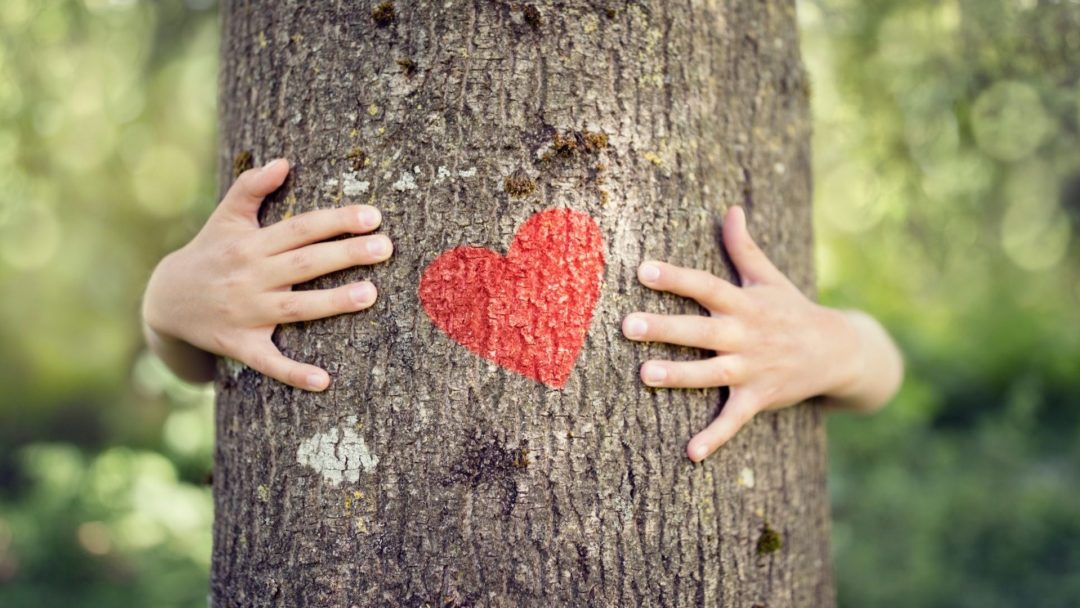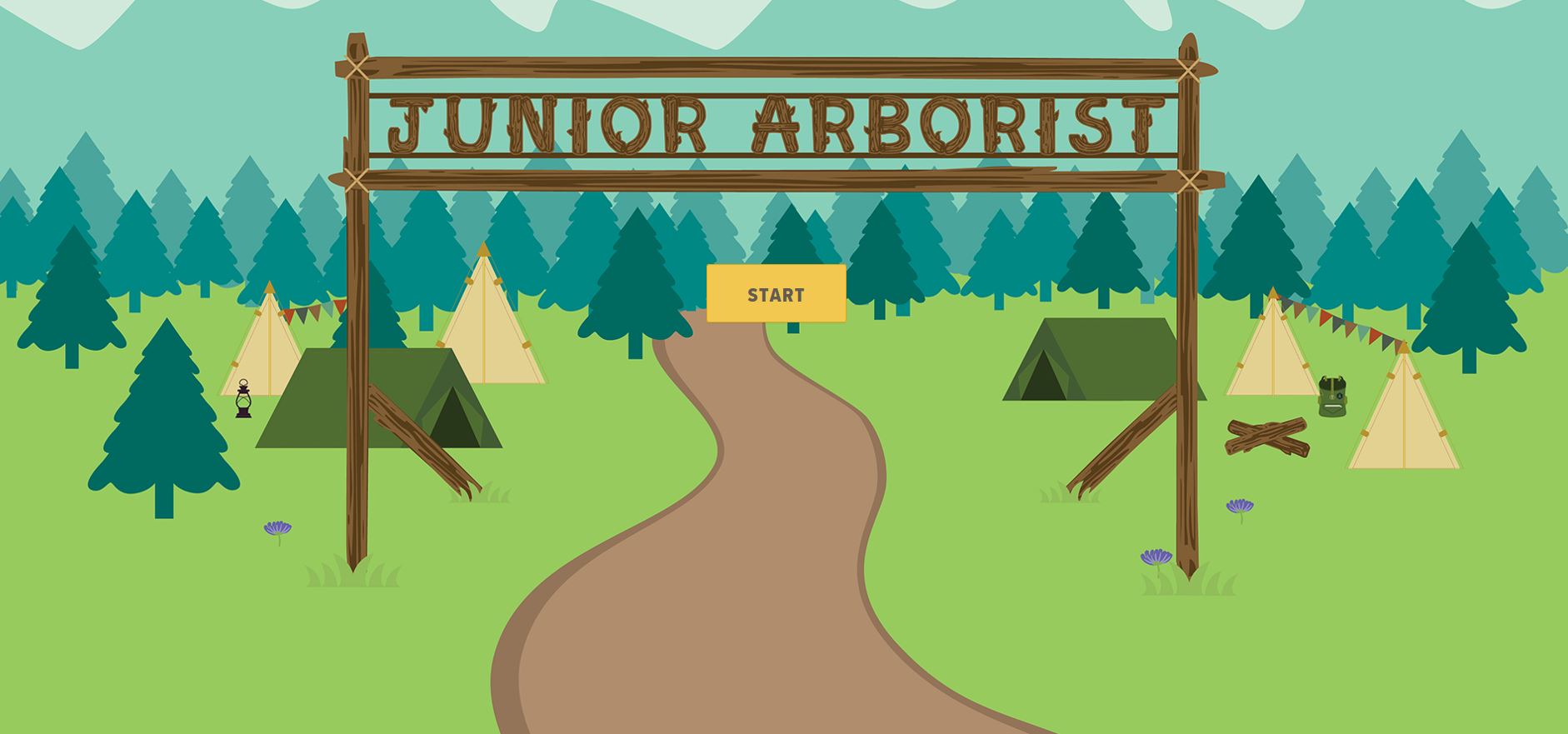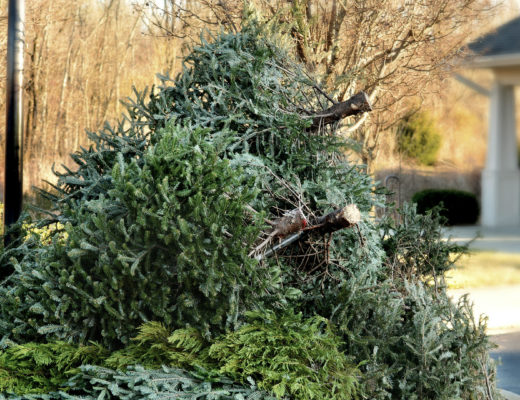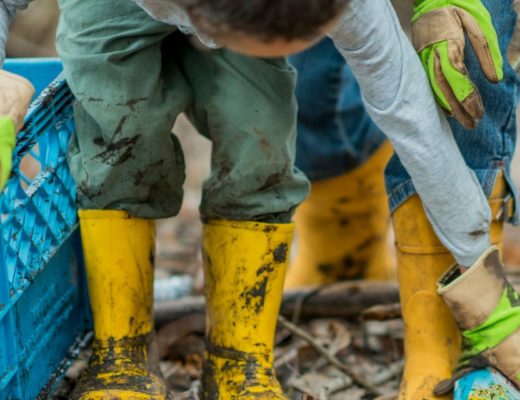Do you think you have what it takes to pass this junior arborist test? Take the test to find out.
Do you still need practice? Read these fast facts on tree history, biology, and uses to brush up on your tree knowledge.
Tree History
Sterling Morton: Morton was a journalist and editor for one of Nebraska’s newspapers before he became the father of Arbor Day. As an editor, he used his forum to spread his enthusiasm for agriculture and trees. Many readers shared the same sentiment for trees — or lack thereof in the dust bowl — which led to the creation of the tree-planting holiday.
Learn more about Morton and the history of Arbor Day.
Johnny Appleseed: To many, he may seem like an American folklore. But John Chapman, better known as Johnny Appleseed, was a real man. He was a nurseryman and orchardist who developed a reputation as a tree planter through his travels to plant apple tree seedlings. The last living tree he planted is believed to be 170 years old and situated in Nova, Ohio.
George Washington: The first president of the U.S., Washington was born to a family of planters. Legend has it that when he was six years old, he was given a hatchet and would cut everything down in sight. One day, he found a young cherry tree in his father’s orchard, a beloved tree, he cut it down —although there is debate as to whether he in fact cut it down.
Daniel Boone: Boone is an early explorer and woodsman who is most noted for his settlement of what is now Kentucky. He developed a reputation as a wilderness man because he blazed a 200-mile trail through the wilderness called Wilderness Road.
Tree Biology
Trunk: The main function of a tree trunk is to support the tree. The outer bark is the tree’s protection from the outside world.
Branches: The role of branches are to hold the leaves up to catch as much sunlight as it can to photosynthesize. The branches also help carry nutrients and water from the roots to the leaves.
Roots: The roots of the tree absorb water and nutrients from the soil and store it for the tree. The roots also anchor the tree in place.
Learn more about the anatomy of a tree.
Leaves: Leaves make food for the tree. Leaves contain chlorophyll, the green pigment that gives leaves its color. During photosynthesis, leaves absorb energy from light to make sugar and oxygen.
Tree Uses
Medicine: It’s estimated that more than 50,000 plant species are used to make medicines, with many coming from trees. Nearly every part of a tree can be used to make medicine including the wood, bark, roots, leaves, flowers, fruits, and seeds.
Dye: Many natural dyes are made from tree bark including the bark of acacia trees, black walnut, and oak.
Cinnamon: Cinnamon comes from the inner bark of evergreen trees that belong to the genus Cinnamomum. There are more than 300 species within the genus that make cinnamon.





Don’t forget rubber trees!